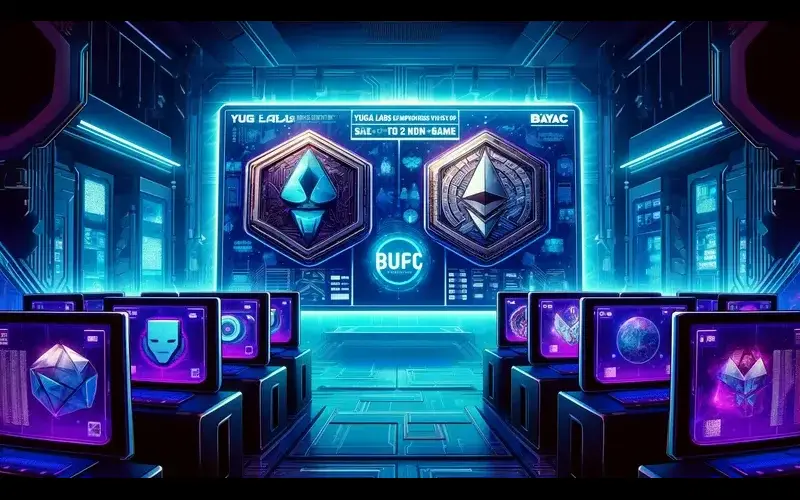
Unveiling ERC-404: A New Frontier in Tokenization
Tokens on Ethereum typically adhere to two primary technical categories: non-fungible ERC721 and fungible ERC20. NFTs serve as unique proofs of ownership on the blockchain, while fungible tokens, or cryptocurrencies, lack uniqueness. However, ERC-404 seeks to blur the lines between these two standards, offering a novel approach to tokenization.
Implemented through Replicant’s NFT collection, ERC-404 has captivated traders, witnessing substantial trading volumes on decentralized exchanges and NFT marketplaces alike. The versatility of ERC-404 allows users to experience enhanced liquidity and trading flexibility. It propels it into the limelight of Ethereum’s token ecosystem.
ERC-404: Redefining the Boundaries of Token Standards
One of the distinctive aspects of ERC-404 is its ability to blend the properties of ERC20 and ERC721 standards, creating tokens with qualities of both fungible and non-fungible assets. This hybrid model introduces new possibilities for fractionalization and liquidity within NFT projects. It revolutionizes the way users interact with digital collectibles.
The implementation of ERC-404 has led to intriguing dynamics within decentralized exchanges and NFT marketplaces. Users can sell Replicants, the tokens associated with ERC-404, on platforms like Blurb and OpenSea, or trade alternative Replicant tokens on decentralized exchanges such as Uniswap. The value of Replicants has soared, with prices surging from 0.38 ETH to over 4.26 ETH within a short span, underscoring the robust demand and market enthusiasm surrounding ERC-404.
ERC-404 Implementation Sparks Trading Frenzy and Innovation
Despite its promising potential, it’s crucial to acknowledge that ERC-404 is an experimental token standard. It has yet to undergo a full external audit. While ERC-404 introduces groundbreaking features like native fractionalization and enhanced liquidity, it’s essential for users to exercise caution. They must understand the associated risks.
The introduction of ERC-404 has catalyzed a wave of innovation within the Ethereum ecosystem. Platforms like Blur have swiftly integrated the new standard, while Telegram trading bots like BananaGun have announced support for ERC-404: Ethereum’s hybrid token. Additionally, numerous NFT projects have either launched or expressed intentions to leverage ERC-404, signaling the growing adoption and relevance of this experimental token standard.
The Rise of ERC-404: Navigating the Future of Digital Asset Tokenization
As ERC-404 continues to evolve, it presents both opportunities and challenges for participants in the cryptocurrency space. While its innovative features hold the promise of transforming the NFT landscape, users must remain vigilant. They should be mindful of potential vulnerabilities inherent in experimental protocols.
Conclusion
In conclusion, ERC-404 represents a bold exploration into the convergence of NFTs and fungible tokens within the Ethereum ecosystem. With its ability to enhance liquidity, facilitate fractionalization, and spur innovation, ERC-404: Ethereum’s hybrid token is poised to shape the future of digital asset tokenization. However, prudent evaluation and cautious engagement remain imperative as the community navigates the uncharted terrain of experimental token standards like ERC-404.
Disclaimer
FAQ
NFTs are unique digital assets stored on blockchains, representing various digital items.
To create a unique NFT, you mint it by uploading a digital file to a blockchain platform.
NFTs can be a good investment for collectors, but research and understanding risks are essential.


